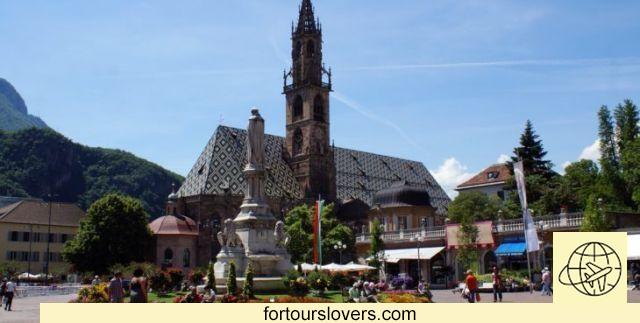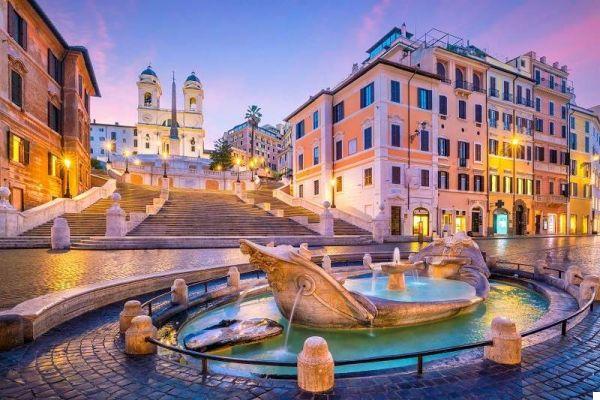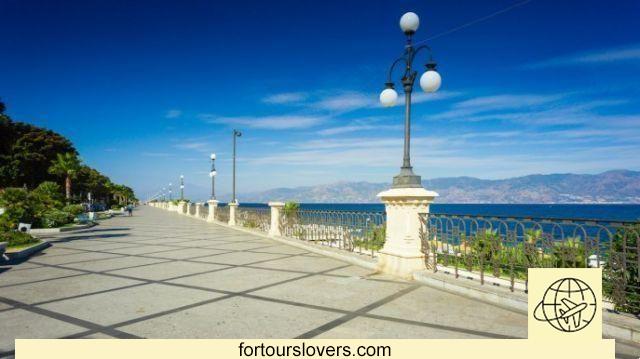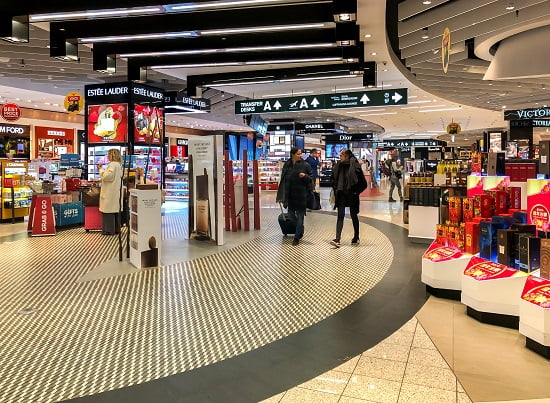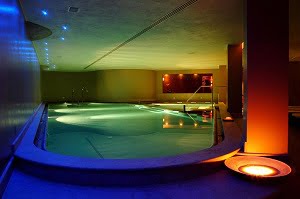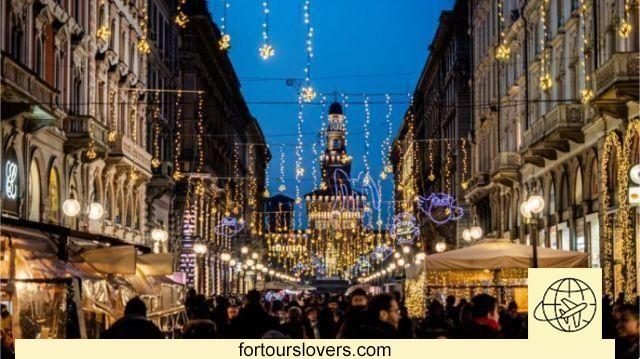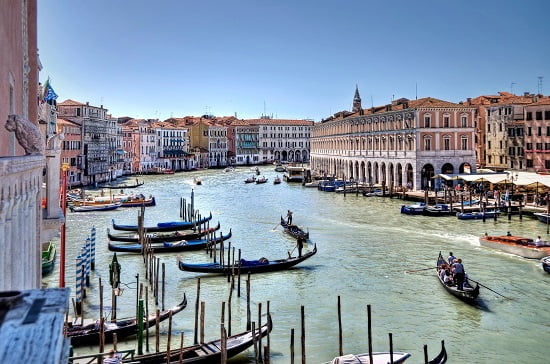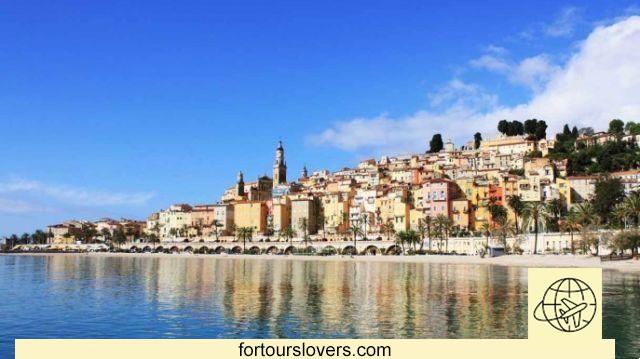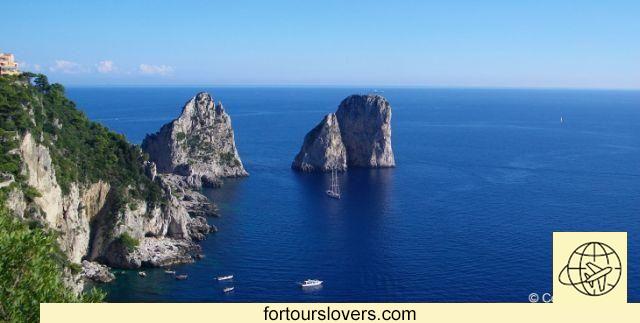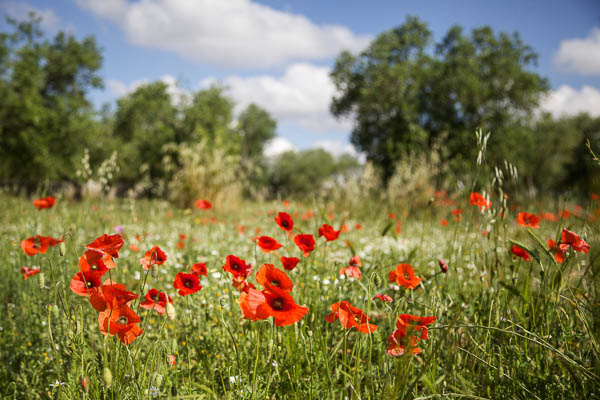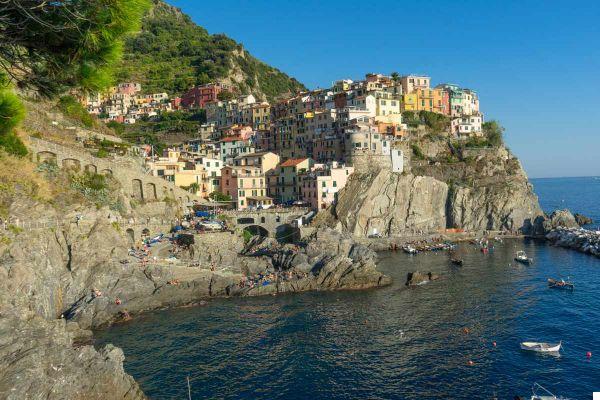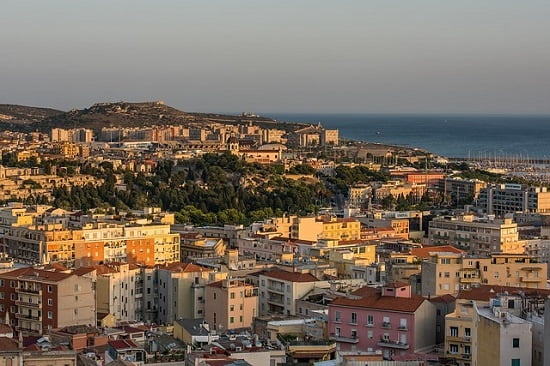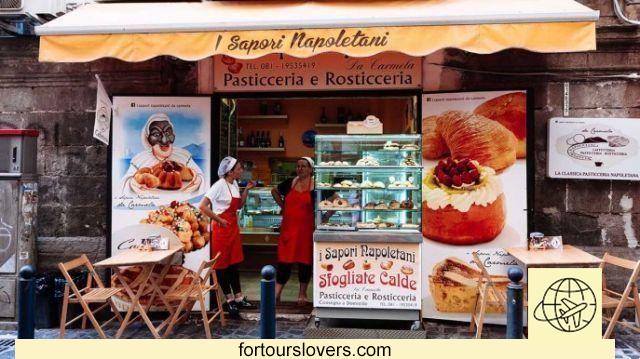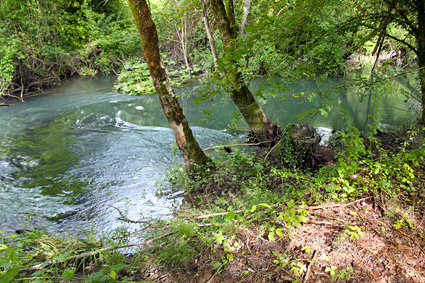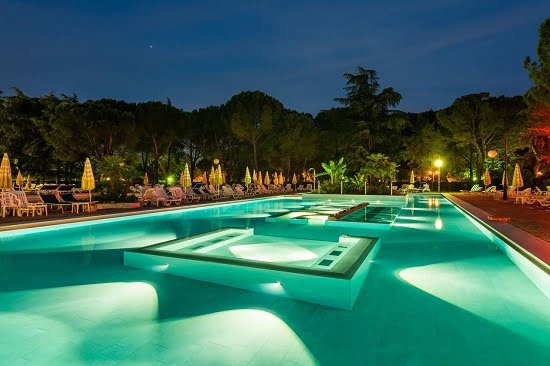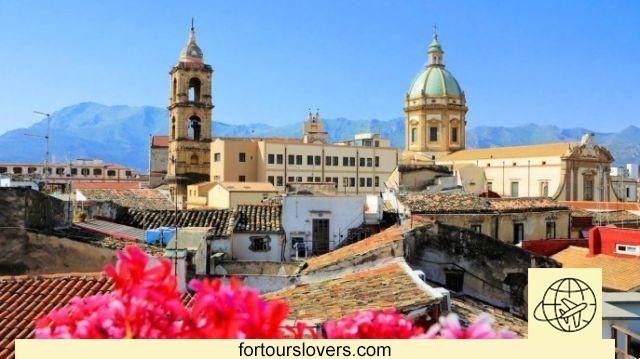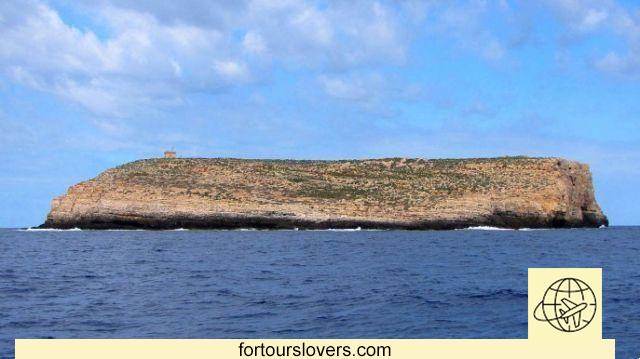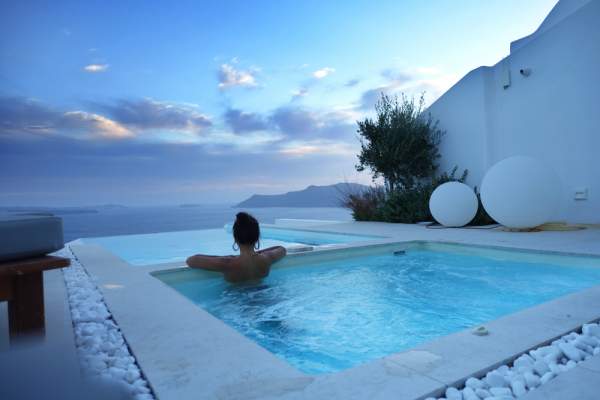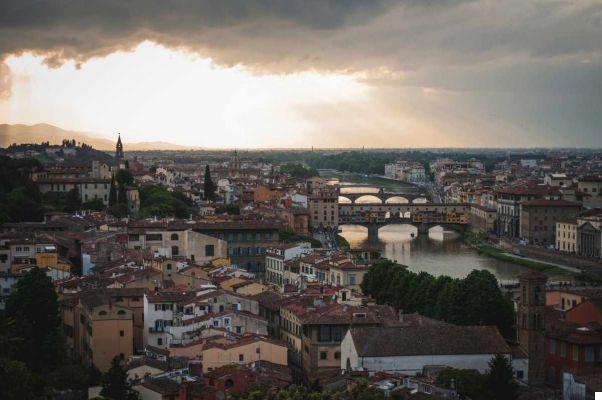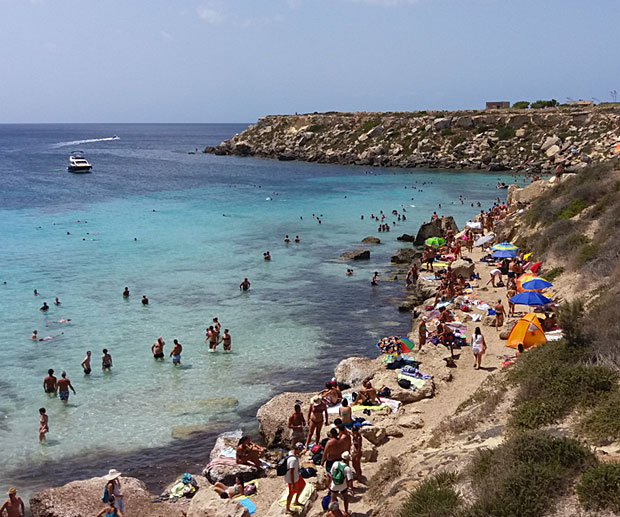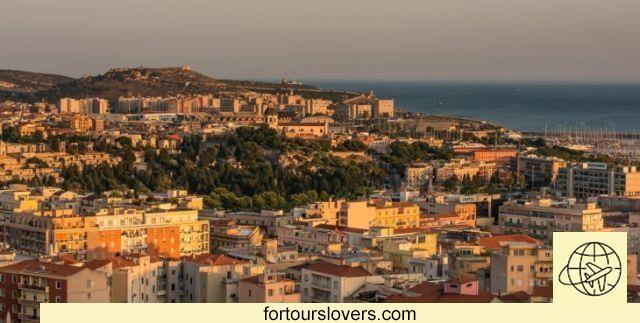
Cagliari
12 things to do and see in Cagliari and 1 not to doLocated on seven hills like Rome, Cagliari is the gateway to southern Sardinia. The city - which during the Roman period was the capital of the Province of Sardinia et Corsica - it develops around the relief of the ancient Castello district. Over the centuries Cagliari (whose name derives from the protosardo Karali, "Rocky location") was dominated by different peoples, which have left their traces on the territory. Below is an overview of the main monuments and places of interest that you can visit during your stay in the Sardinian capital. Happy reading.
1 Basilica of San Saturnino
Our tour can only start from the basilica dedicated to San Saturnino (o Saturn), patron saint of the city martyred in 304. Besides being the oldest church in Cagliari, the basilica (and the annex necropolis) represents one of the most important early Christian sites in the whole of Sardinia. Originally the church was characterized by a Greek cross plan and a transept surmounted by a hemispherical dome, and each of the arms (closed by a semicircular apse) had three naves. Of the ancient structure the body of the building that supports the dome and the eastern arm remain. Remodeled on several occasions, the complex - which overlooks San Cosimo square, in Bonaria district - has suffered not a few damage and looting. The latter took place in particular during the renovations of castle of San Michele and Cathedral of Santa Maria Assunta, monuments which we will talk about later. During the twentieth century, the church was affected by important restoration interventions. Although the latest works are concluded in 1996, the basilica would be consecrated and reopened for worship only the 30 October 2004, feast day of the patron saint. Since 1714, the year in which it was granted to the order of doctors and apothecaries, the church is also dedicated to Santi Cosma e Damiano.
2 Cathedral of Santa Maria Assunta
Another very important place of worship in the city is undoubtedly there Cathedral of Santa Maria Assunta and Santa CeciliaIn the heart of the Castello district. Erected in Pisan Romanesque style during Two hundred, is seat of the archdiocese of Cagliari. The cathedral, which over the centuries has been subject to changes several times, is one of the most significant monuments that stand on Palazzo square. What immediately catches the eye is the salient facade: built in 30s in neo-Romanesque style, That Recalls very much the front of the Cathedral of Pisa. The structure is also embellished with a octagonal dome and one massive bell tower. The cathedral of Cagliari has a Latin cross plant, is divided into three naves and presents side chapels. Among these, one of the most famous is certainly the chapel of the Sacra Spina (or Aragonese), located in the right arm. Inside there is one spina, which according to tradition belonged to crown that was put on the head of Jesus. The object comes venerated as a relic and solemnly exhibited on August 15, on the occasion of the feast of the Assumption, together with Triptych of Clement VII. The cathedral is not only a place for worship, but also a real one casket of art enriched over the centuries. Among the treasures that can be admired inside, the organ loft by Maestro Guglielmo, the frescoes by Filippo Figari on the vault of the central nave, the chapel of Santa Cecilia and that of Baptistery, mausoleum of Martin I of Sicily, Presbytery "Guarded" by four column-bearing lions, simulacrum of the sleeping Madonna and l 'pipe organ. But that's not all. Under the presbytery, in fact, there is the so-called sanctuary of the Martyrs. Dug into the rock at the behest ofarchbishop Francisco d'Esquivel, is the flagship of the cathedral: richly decorated, it houses the relics of numerous martyrs from Cagliari and sarcophagi of the prelate who wanted its construction and of some members of the House of Savoy. For more information: www.duomodicagliari.it.
3 Castle of San Michele
The fortress came erected in the Giudicato period on the hill of Castello to defend the capital Santa Igia. Consisting of three towers and surrounded by a moat, the castle lived a long period of splendor between the mid-fourteenth century and the early sixteenth century, when it was inhabited by the Carroz, a noble family from Spain. The complex was then abandoned and used as a lazaret during a plague epidemic that hit the city between 1652 and 1656. Supervised by the Navy in the years of the Second World War, today the structure is a cultural pole.
For more information: www.consorziocamu.it/spazi/castello-di-san-michele.
4 Bastion of Saint Remy
Located halfway between the Basilica of San Saturnino and the Cathedral of Santa Maria Assunta, the Bastion of Saint Remy (together with the Castle and the Savoy fort of Sant'Ignazio) it is one of the most important fortifications of Cagliari. In Neoclassical style, it was built at the end of the XNUMXth century on the ancient city walls dating back to the '300 connecting three bastions. The intent of the work - characterized by a monumental and scenographic staircase and a triumphal arch - was to unite the Castello district with those of Villanova and Marina. The property, which overlooks Constitution square, gives access to a covered walk (which often hosts cultural events) and to the Umberto I terrace.
5 Tower of San Pancrazio
Built by the Pisans in 1305, that of San Pancrazio it is the tallest tower in Cagliari (36 meters) and is one of the symbols of the Sardinian capital. Together with Tower of the Elephant and door Cristina, still represents today one of the entrances to the Castello district. Both towers (erected for defensive purposes) are the work of the architect Giovanni Capula, who also designed the Torre dell'Aquila, which was originally called Torre del Leone. In the nearby Stampace district, and to be exact near the church of San Michele (which we will deal with in the next paragraph) stands the Sperone Tower (or of the Alberti): completed in 1293, it too is crossed by a portico which gives access to the neighborhood.
6 Church of San Michele
As mentioned earlier, in Stampace stands the church dedicated to San Michele Arcangelo, which represents uone of the most shining examples of Baroque art in Sardinia. Next to the church building is theformer Jesuit novitiate house, now home to the military department of forensics. The elements that most characterize the exterior of the church are the late mannerist style facade and octagonal dome (see photo). On the right side of the atrium (embellished by the presence of pulpit of Charles V) you will find, at the top of a staircase, the access portal to the church. San Michele presents a central plant it's a'single classroom, around which they open eight chapels. Once you enter the church, you will be pleasantly surprised by the richness of its decorations and imposing high altar, on which there is the polychrome wooden statue depicting St. Michael. Two other places that absolutely deserve to be visited are theantisacrestia (where the statues used during the procession of the Mysteries) and the sacristy. In Rococo style, inside you can admire the largest sacred canvas in Cagliari. We refer to the Massacre of the innocent, the work of painters Giacomo Altomonte e Domenico Colombino. More information: sanmichelecagliari-gesuiti.it.
7 Collegiate Church of Sant'Anna
Not far from the San Michele complex, also in the Stampace district, certainly does not go unnoticed collegiate church of Sant'Anna, in Baroque. The works for its construction began at the end of the eighteenth century, when it was decided to erect a larger church than the one present on site since the thirteenth century. To finally see it complete, the inhabitants of Cagliari will have to wait until 1938, the year in which the right bell tower was erected. Seriously damaged in 1943, the collegiate church was rebuilt after the war. To characterize the building externally are the two bell towers that frame the majestic forehead, the wide staircase and three green domes. The collegiate church houses, among other works, a wooden crucifix of the fourteenth century, a marble statue of Sant'Anna with the child Mary it's a sculptural group in polychrome wood which depicts Sant'Anna, Maria e Saint Gioacchino.
8 Palaces in the Castello district and Bacaredda palace
Walking along the streets of the Castello district, you will come across a whole series of buildings that have had (and continue to have) a very important role in the political, administrative and cultural life of Cagliari and the whole of Sardinia. On the central Piazza Palazzo, for example, overlook the Palazzo Regio and l 'Ancient Town Hall, which house - respectively - the Prefecture and the representative office of the first citizen of Cagliari. Furthermore, they are not far from the bastion of Saint Remy Boyl palace (which incorporates the tower of the Eagle) e University building (also known as Palazzo Belgrano). Finally, a mention deserves Bacaredda palace: located not far from the port, the building - in neo-gothic-liberty style - is the seat of the Municipality of Cagliari (see photo).
9 Shrine of Our Lady of Bonaria
Located on the hill of the same name, the sanctuary of Nostra Signora di Bonaria (protector of sailors) represents one of the most significant places of Marian worship in all of Sardinia. The religious complex consists of the Gothic-Catalan style sanctuary (where the statue of the Madonna and suspended spacecraft), from basilica eighteenth century (characterized by neoclassical facade and from above octagonal dome), from convent (in whose cloister there is a museum) and from cemetery. The latter deserves a special mention: according to the ASCE (the Association of Significant Cemeteries in Europe) that of Bonaria it is one of the most important monumental cemeteries of the Old Continent. For more information: bonaria.eu.
10 Archaeological Museum of Cagliari
During your stay in Cagliari, don't forget to visit the archaeological Museum and, above all, the neighbor Roman amphitheater. Erected in XNUMXnd century AD., was able to contain 10 thousand spectators. What makes it so unique is the fact that part of the building is carved into the rock. Near the amphitheater, immediately after theBotanical Garden, you can also admire the ruins of the so-called villa of Tigellio.
11 Tuvixeddu Necropolis
A Sant'Avendrace, a district north-west of the historic center, is the Tuvixeddu hill, where it is located the largest existing Punic necropolis. The area where the site stands has been inhabited since the Neolithic; it was the Carthaginians, between the sixth and third centuries BC, who assigned Tuvixeddu (= “hill of small cavities” in Sardinian language) to the burial of their dead. Inside the archaeological park there is also a Roman necropolis. The most famous and visited funerary hypogeum is certainly the Cave of the Viper (see photo): built in the XNUMXnd century AD for the matron Atilia Pomptilla, is so named for the two snakes depicted on the pediment.
12 Ponds of Santa Gilla, Molentargius and green areas
Before leaving the Sardinian capital, let yourself be captivated also by its naturalistic beauties. In addition to the aforementioned botanical garden, there are numerous in the Cagliari area green lungsI gardens public, Garden under the walls, the Vegetable garden to the Cappuccini, Parco della Musica, Remembrance Park, Monte Urpinu Park etc. To these areas are also added the pond of Santa Gilla and Molentargius: the two protected wetlands are chosen every year by flamingos to nest (see photo).
1 Don't stay too long in the city
As you have certainly noticed, there are so many things to see in Cagliari. However, if you intend to stay on the island for five or more days, we suggest not to limit yourself to exploring Cagliari alone, but also the other localities of the Southern Sardinia, whose naturalistic beauties will not fail to arouse your wonder.




